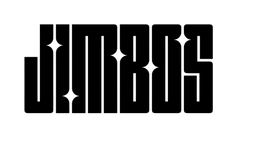How to Clay Bar a Car: The Complete Step-by-Step Guide
Even after a proper wash, your car’s paint might still feel rough. That’s because washing alone doesn’t remove embedded contaminants like rail dust, overspray, or industrial fallout. To truly deep clean your paint, you need to clay bar it.
This complete guide will walk you through exactly how to clay bar your car safely—whether you're using a traditional clay bar, a clay mitt, or a clay towel—and how to prep, decontaminate, and protect your paint for perfect results every time.
What Is a Clay Bar and Why Use It?
A clay bar is a soft, elastic resin compound that pulls embedded contaminants out of your paint. It’s a crucial step between washing and polishing that ensures your surface is clean, smooth, and ready for wax or ceramic protection.
What Clay Removes:
- ✅ Overspray and brake dust
- ✅ Tree sap and pollen buildup
- ✅ Road tar and fallout
- ✅ Industrial pollution and rail dust
When Should You Clay Bar a Car?
- 🕐 Before polishing or waxing
- 🕐 Before applying ceramic spray or coating
- 🕐 If your paint feels rough even after washing
Quick Test: Run your hand over your clean paint. If it feels rough or catches, it needs to be clayed.
Tools You’ll Need
- ▶ The Super Soaper (for pre-wash and clay lube)
- ▶ Scrub Buddy Clay Pad or a traditional clay bar
- Two buckets (rinse and soap)
- High-quality microfiber towels
- Protective coating: Tough As Shell or The Gloss Boss
Step-by-Step: How to Clay Bar Your Car
1. Wash the Car Thoroughly
Use The Super Soaper to pre-soak and foam the vehicle, removing as much dirt and grime as possible before touching the paint.
2. Use a Clay Lube (or The Super Soaper Diluted)
Never clay a dry surface. Use either a dedicated clay lubricant or a soap solution (1 oz of The Super Soaper in a spray bottle of water) to reduce friction and prevent marring.
3. Clay One Panel at a Time
Lightly glide the clay pad or mitt over the surface using straight, overlapping passes. Don’t apply pressure. The clay will grab as it pulls contaminants out—once it glides smoothly, the panel is clean.
4. Wipe Down and Inspect
Use a clean microfiber towel to wipe off excess lube and check for smoothness. Re-clay any areas that still feel rough.
5. Rinse and Dry the Car
Rinse thoroughly to remove leftover lube or residue. Dry with the Massive Drying Towel to avoid water spots.
6. Protect the Surface Immediately
After claying, your paint is fully exposed and vulnerable. Apply a protectant like Tough As Shell or The Gloss Boss to seal in the clean finish and protect from future contamination.
Clay Bar vs. Clay Mitt vs. Clay Towel
| Type | Best For | Pros | Cons |
|---|---|---|---|
| Clay Bar | First-timers & small jobs | Precise, inexpensive | Slower, single-use |
| Clay Mitt | Frequent use, pros | Faster, reusable, easy to hold | More expensive |
| Clay Towel / Pad | Large panels & fleet vehicles | Covers more area, long lifespan | Can be less precise |
Customer Testimonial
"I used the Scrub Buddy Pad and Super Soaper as clay lube—completely changed the game. My paint’s never felt smoother. Finished with Tough As Shell and the water just rolls off now." – Verified Buyer
Where to Buy
- ▶ The Super Soaper
- ▶ Scrub Buddy Clay Pad
- ▶ Tough As Shell Ceramic Spray
- ▶ The Gloss Boss Ceramic Coating
Related Blog Posts
FAQ: Clay Bar Your Car
How often should I clay bar my car?
Every 3–6 months, or whenever the surface feels rough. More often if parked outside near pollution or construction zones.
Can claying scratch my paint?
Not if done correctly. Always use lubrication and work gently. Clay should glide, not grab hard.
Do I need to polish after claying?
If the paint is clean and swirl-free, no. But if you're chasing perfection, polishing after claying is ideal—especially before ceramic coating.
How To Clay Bar video:
Claying your car is one of the most overlooked—but important—steps in getting that true, deep-gloss finish. With the right technique and products like Scrub Buddy and Tough As Shell, you’ll remove years of gunk in minutes and lay the foundation for a perfectly protected surface.



